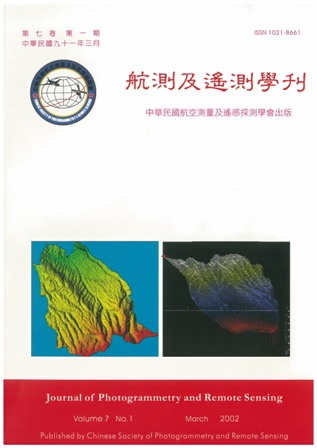In this paper, four European Radar Satellite (ERS-2) images acquired on January 21, May 6, September 23, and October 28, 1999, respectively, in mid-Taiwan are used to test the quality of a digital displacement model (DDM) determined by three pass method, a technology of differential interferometric synthetic aperture radar (D-InSAR). The terrain surface has an abrupt change during the event of Chi-Chi earthquake. Some basic theoretic aspects are firstly analyzed. It verifies that D-InSAR can provide a DDM with an accuracy of a few millimeters, if InSAR can create a digital elevation model (DEM) with an accuracy of a few meters. In general, the DDM show a vertical displacement vector field similar to the vertical displacement map determined by GPS. Inside the DDM, there are some GPS check points. They show that the mean difference of the displacement values estimated by satellite D-InSAR and the ones determined by GPS is about 6cm. They indicate that three-pass method seems to have a potential for detecting height surface deformation in plain area in Taiwan, if useful ERS data are processed properly. On the other hand, D-InSAR might fail to determine an accurate DDM in fluctuant areas with dense and high vegetation since the coherence is low there.
